PATIENT ASSESSMENT Scene Size-Up Initial Assessment Focused History. - ppt download
4.9 (639) In stock

Scene Size-Up / Assessment w Body Substance Isolation w Need eye protection? w Gloves? w Gown & mask if necessary.
PATIENT ASSESSMENT Scene Size-Up Initial Assessment Focused History
Scene Size-Up / Assessment w Definition: - an assessment of the scene and surroundings to assure the safety of the individual EMT-B, the partner and crew safety, and to provide potentially useful information about the patient and what occurred.
w Gloves. w Gown & mask if necessary..
w Toxic substances - low oxygen areas. w Crime scenes - potential for violence. w Unstable surfaces - slope, ice, water. w Protection of the patient - environmental. w Protection of bystanders - avoid injury. w If scene is unsafe, make it safe or do not enter..
w Determine total number of patients. If more than unit can effectively handle, notify dispatch - activate mass casualty plan. w Obtain additional help prior to contact with patients. w Begin triage..
and inspection of the scene, the mechanism of injury. w Ejection from vehicle. Falls > 20 feet. w Death in same compartment. Roll-over. w High-speed vehicle collision. Bicycle crash. w Vehicle-pedestrian collision. Motorcycle. w Determine total number of patients. Spinal .
EMT-Bs will hone this sixth sense as you assess more and more patients..
w Determine if ill (medical) or injured (trauma). If injured, determine mechanism. w Age w Sex.
w Assess the patient and determine if the patient has a life-threatening condition. w If a life-threatening condition is found - treat immediately. w Assess the nature of illness or mechanism of injury..
w Speak to the patient, introduce yourself. w LEVELS OF MENTAL STATUS Alert. Responds to Verbal stimuli. Responds to Painful stimuli. Unresponsive - no gag or cough..
Altered Level of Consciousness w Patient should be oriented to – w PERSON w PLACE w TIME
If yes, assess for adequacy of breathing. If no, open the airway. w Unresponsive patient - Is the airway open .
w MEDICAL patients - w perform the head-tilt, chin-lift Clear Not-clear, clear the airway w TRAUMA patients, or unknown illness - w cervical spine precautions with jaw- thrust maneuver Clear Not-clear, clear the airway.
w All responsive patients breathing 8 breaths per minute should receive high flow oxygen (15 lpm, nonrebreather mask).
w Breathing inadequate - open and maintain the airway, assist patient’s breathing and utilize ventilatory adjuncts with oxygen. w Not breathing, open and maintain airway, ventilate using ventilatory adjuncts with oxygen..
If alert, may check the radial pulse. Patient 1 year old or less - brachial pulse. If no pulse at radial or brachial, check carotid. w If pulseless medical patient > 9,* start CPR and apply automated external defibrillator, (AED). Medical patient < 9,* start CPR. Trauma patient, start CPR. –*pediatric electrodes available .
w Assess patient’s perfusion by evaluating skin color and temperature; look at nail beds, lips and skin inside eyelids normal = pink abnormal = pale, cyanotic, flushed, jaundice.
Normal = warm Abnormal = hot, cool, cold, clammy w Assess patient’s skin condition. Normal = dry Abnormal = moist w Assess capillary refill in infants & children Normal two second.
w Unresponsive patients. w Responsive, not following commands. w Difficulty breathing. w Hypoperfusion (shock). w Complicated childbirth. w Chest pain with BP < 100 systolic. w Uncontrolled bleeding. w Severe pain..
Proceed to Focused History and Physical Examination w Important for EMT-B to separate patients requiring rapid assessment and critical interventions from those who can be managed using components of focused assessment.
Focused History & Physical Exam TRAUMA
w Death in same passenger compartment. w Falls > 20 feet. w Roll-over of vehicle. w High-speed vehicle collision. w Vehicle-pedestrian collision. w Motorcycle crash. w Unresponsive or altered mental status. w Penetrations of the head, chest, or abdomen..
w Bicycle collision. w Vehicle in medium speed collision..
w Patient had seat belt on, does not mean they have no injuries. w Shoulder injury resulting from shoulder harness. w AIRBAGS w Not effective without seat belt. w Can hit wheel after deflation. w Lift and look at wheel for deformity. w Deformity = serious internal injury..
w In the responsive patient, symptoms should be sought before and during the trauma assessment..
w Make a CUPS status determination. w Make transport decisions. w Consider Advanced Life Support intercept. w Consider platinum ten minutes and the golden hour..
Rapid Assessment w Rapid assessment should be interrupted to provide life saving interventions: w AIRWAY w BREATHING w CIRCULATION
w Consider A.L.S. Request. w Reconsider transport decision. w Assess mental status. w As you inspect and palpate, look and feel for injuries or signs of injury using, w D C A P - B T L S.
Look and Feel for; w DEFORMITIES w CONTUSIONS w ABRASIONS w PUNCTURES / PENETRATIONS w BURNS w TENDERNESS w LACERATIONS w SWELLING
Assess the Head w Deformities w Contusions w Abrasions w Punctures / Penetrations w Burns w Tenderness w Lacerations w Swelling w CREPITATION w FLUIDS / BLOOD from the head
Assess the Chest w Deformities w Contusions w Abrasions w Punctures / Penetrations w Burns w Tenderness w Lacerations w Swelling w PARADOXICAL MOTION w Crepitation w BREATH SOUNDS present absent equal
Assess the Abdomen w Deformities w Contusions w Abrasions w Punctures / Penetrations w Burns w Tenderness w Lacerations w Swelling w FIRM w SOFT w DISTENDED
Assess the Pelvis w Deformities w Contusions w Abrasions w Punctures / Penetrations w Burns w Tenderness w Lacerations w Swelling w If No Pain is Noted, GENTLY COMPRESS THE PELVIS TO DETERMINE TENDERNESS OR MOTION
Assess All Four Extremities w Deformities w Contusions w Abrasions w Punctures / Penetrations w Burns w Tenderness w Lacerations w Swelling w DISTAL PULSE w SENSATION w MOTOR FUNCTION w CREPITATION
Roll Patient Ensuring Spinal Integrity w Assess posterior body, inspect and palpate, examining for injuries or signs of injury.
Vitals and SAMPLE w Assess baseline vital signs: w Respirations - rate & quality w Pulse - rate & quality w Blood Pressure w Pupils w Skin - CTC w Assess SAMPLE history: w Signs & Symptoms w Allergies w Medications w Pertinent History w Last Oral Intake w Events Leading Up To
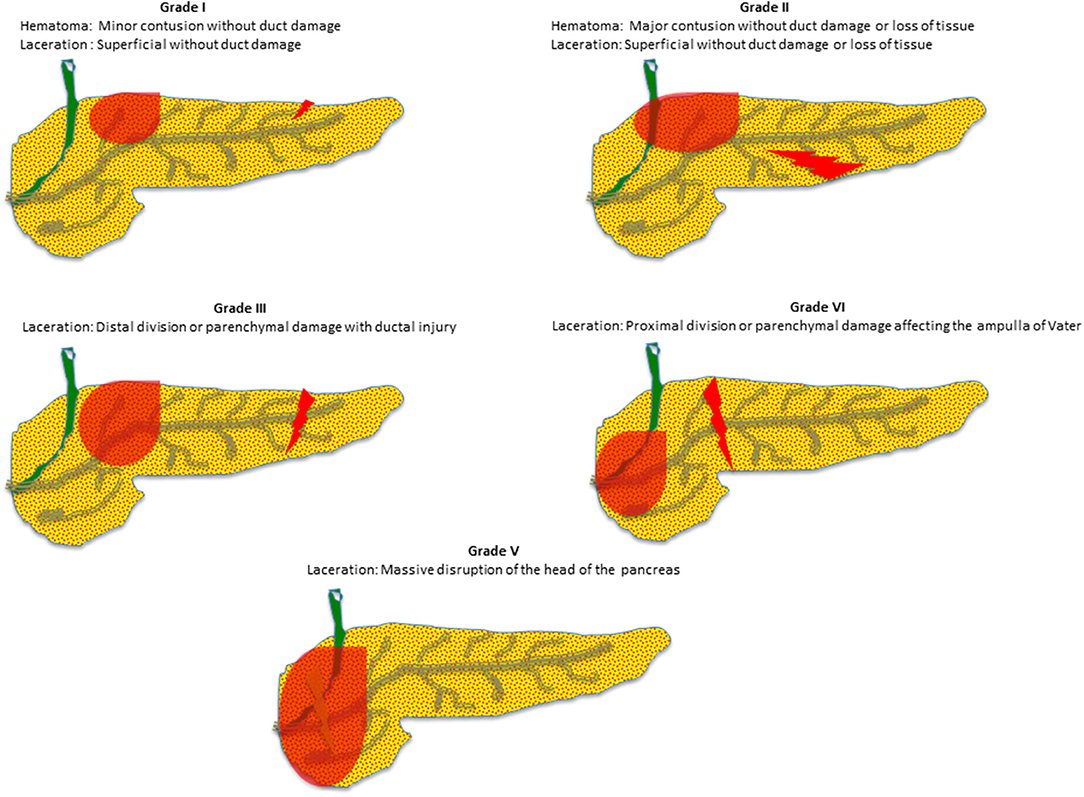
Frontiers Traumatic Pancreatic Injury Presentation, Management, and Outcome: An Observational Retrospective Study From a Level 1 Trauma Center

8: Patient Assessment. - ppt download
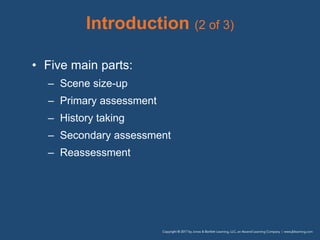
Chapter 9
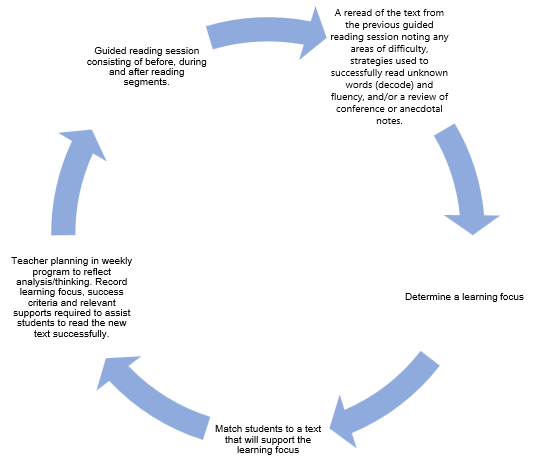
Guided reading

Administrative Sciences, Free Full-Text
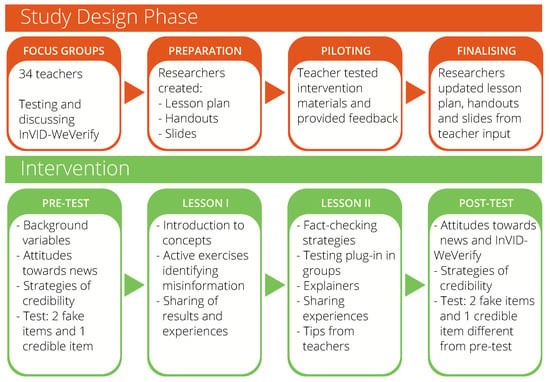
Information, Free Full-Text

PATIENT ASSESSMENT Scene Size-Up Initial Assessment Focused

110 Residency Interview Questions from a Current Resident
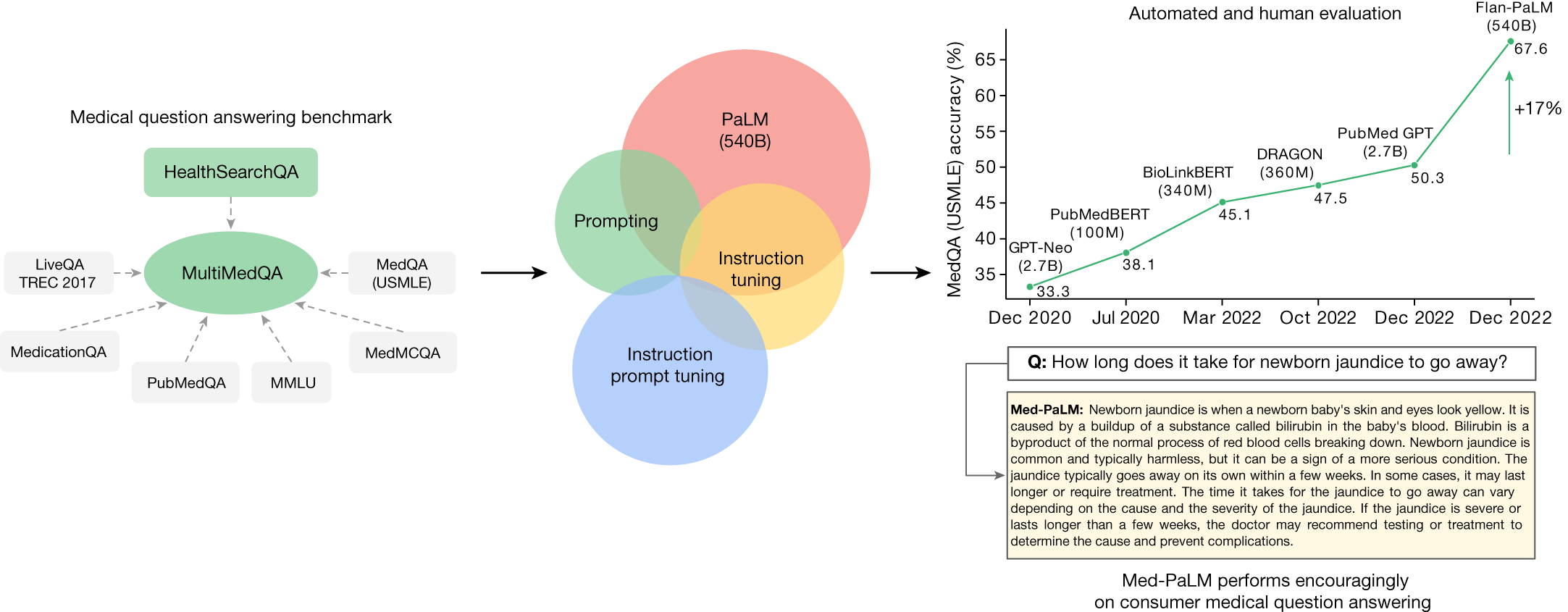
Large language models encode clinical knowledge

PATIENT ASSESSMENT Scene Size-Up Initial Assessment Focused History. - ppt download
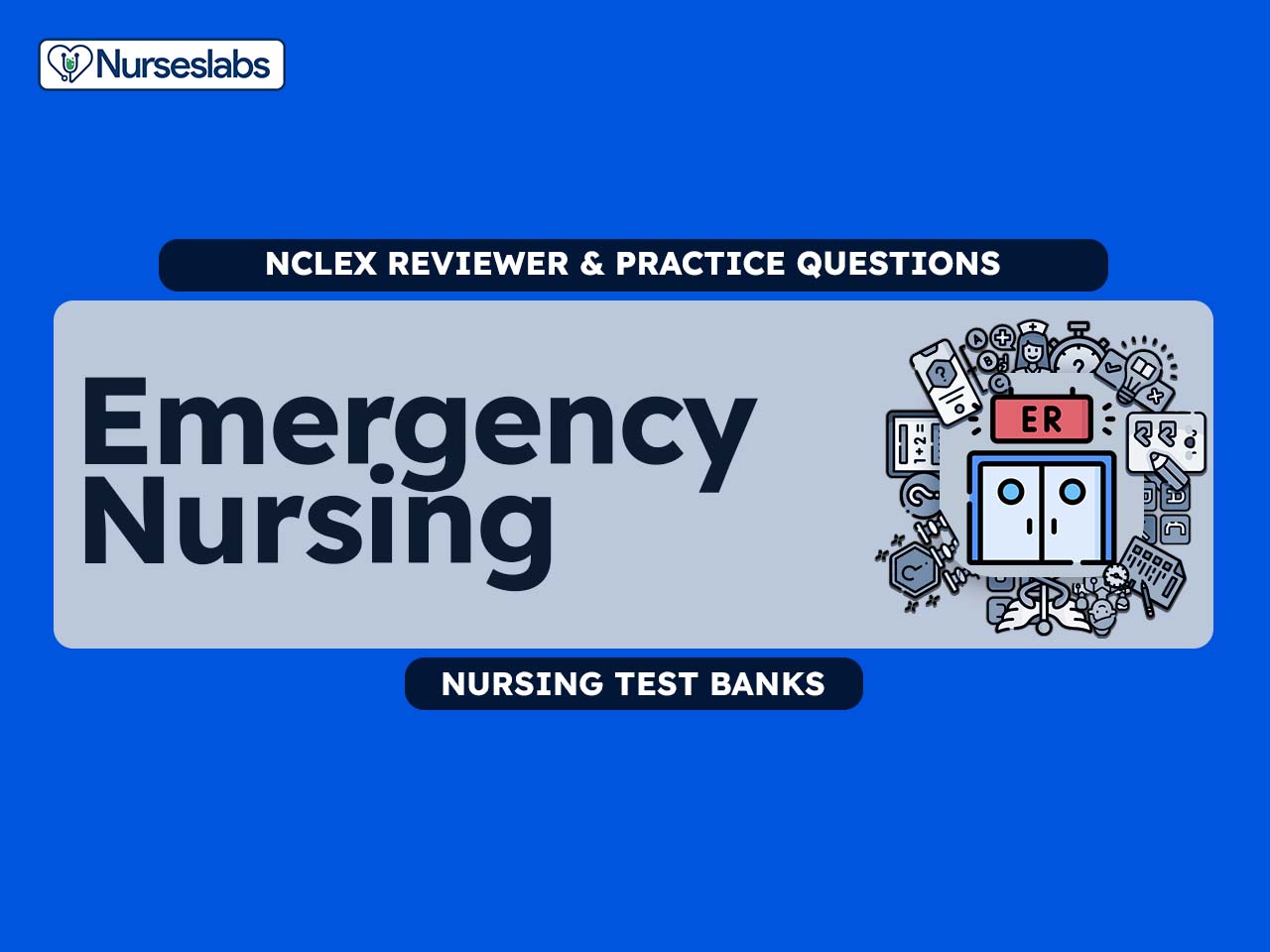
Emergency Nursing & Triage NCLEX Practice (40 Questions) - Nurseslabs
Solved What sample size is needed to give a margin of error
Sizing People Up Book Summary – Robin Dreeke - Wise Words
What is Market Sizing and Why is it Important for Investment - Pareto Labs
Aega Women's African Print Peplum Blouse (Berry Zebra Abstract)
 Quality Ladies Fancy Tops in Nairobi Central - Clothing, Stylish Sisters
Quality Ladies Fancy Tops in Nairobi Central - Clothing, Stylish Sisters Boné The North Face Norm - NF0A3SH3N3N
Boné The North Face Norm - NF0A3SH3N3N Jennifer Lopez brings back her iconic green Versace dress at Milan
Jennifer Lopez brings back her iconic green Versace dress at Milan Light Brown V-neck Cropped Pullover
Light Brown V-neck Cropped Pullover Waist Bead, Waist Beads for Gifting, Holiday Gifts,waist Beads, African Waist Beads
Waist Bead, Waist Beads for Gifting, Holiday Gifts,waist Beads, African Waist Beads- tops young girls training bra 10-14 years old children bras Condole belt vest kids bra camisole for
